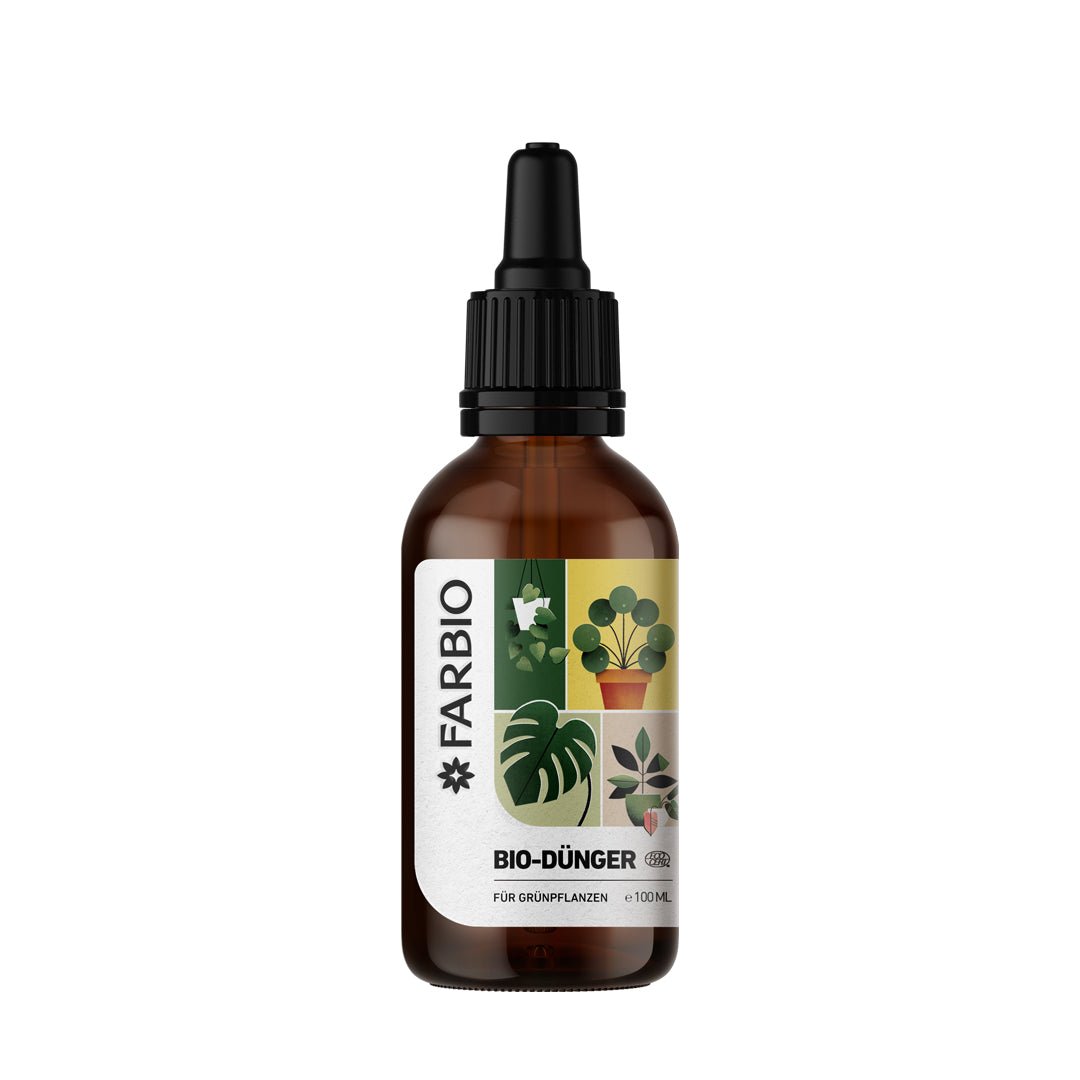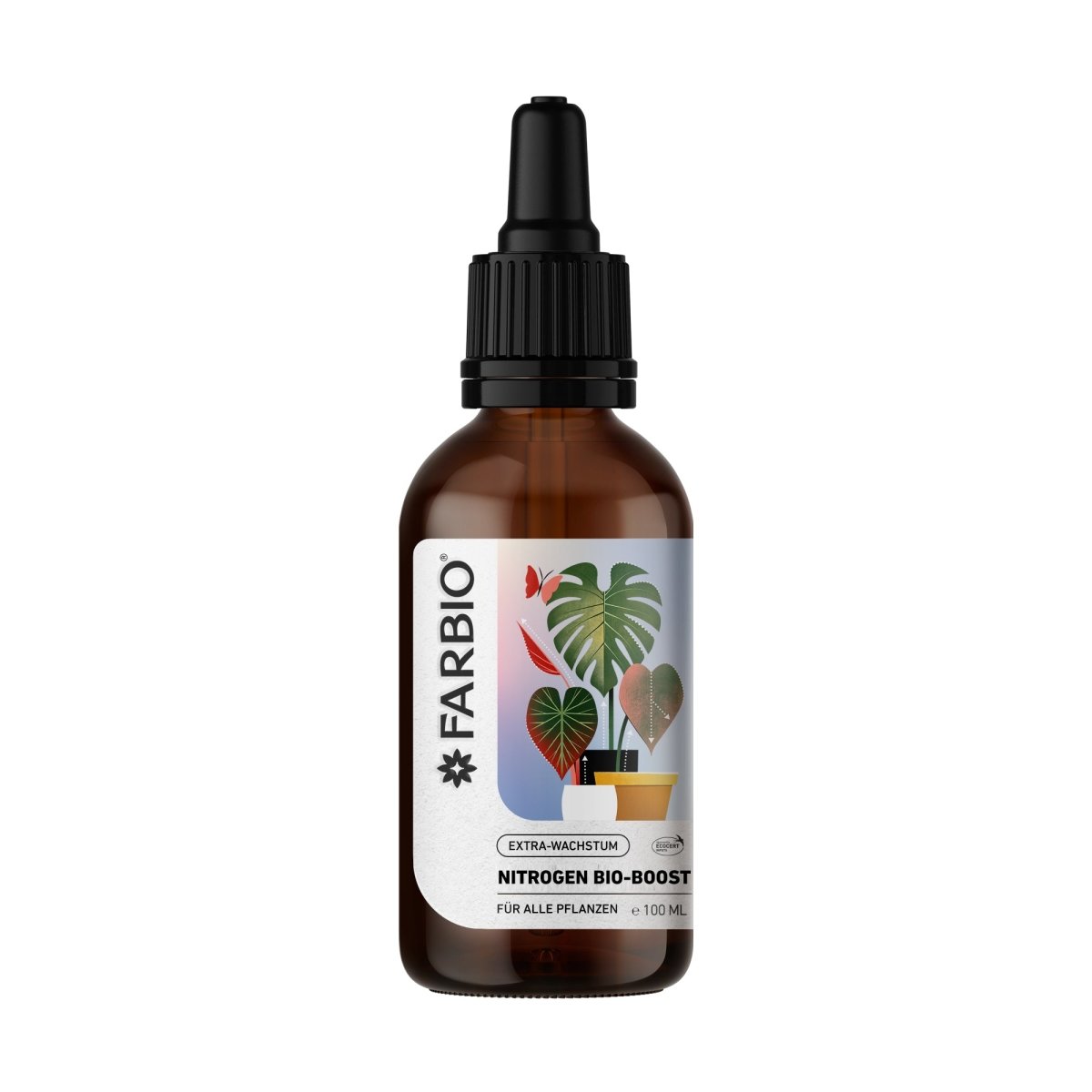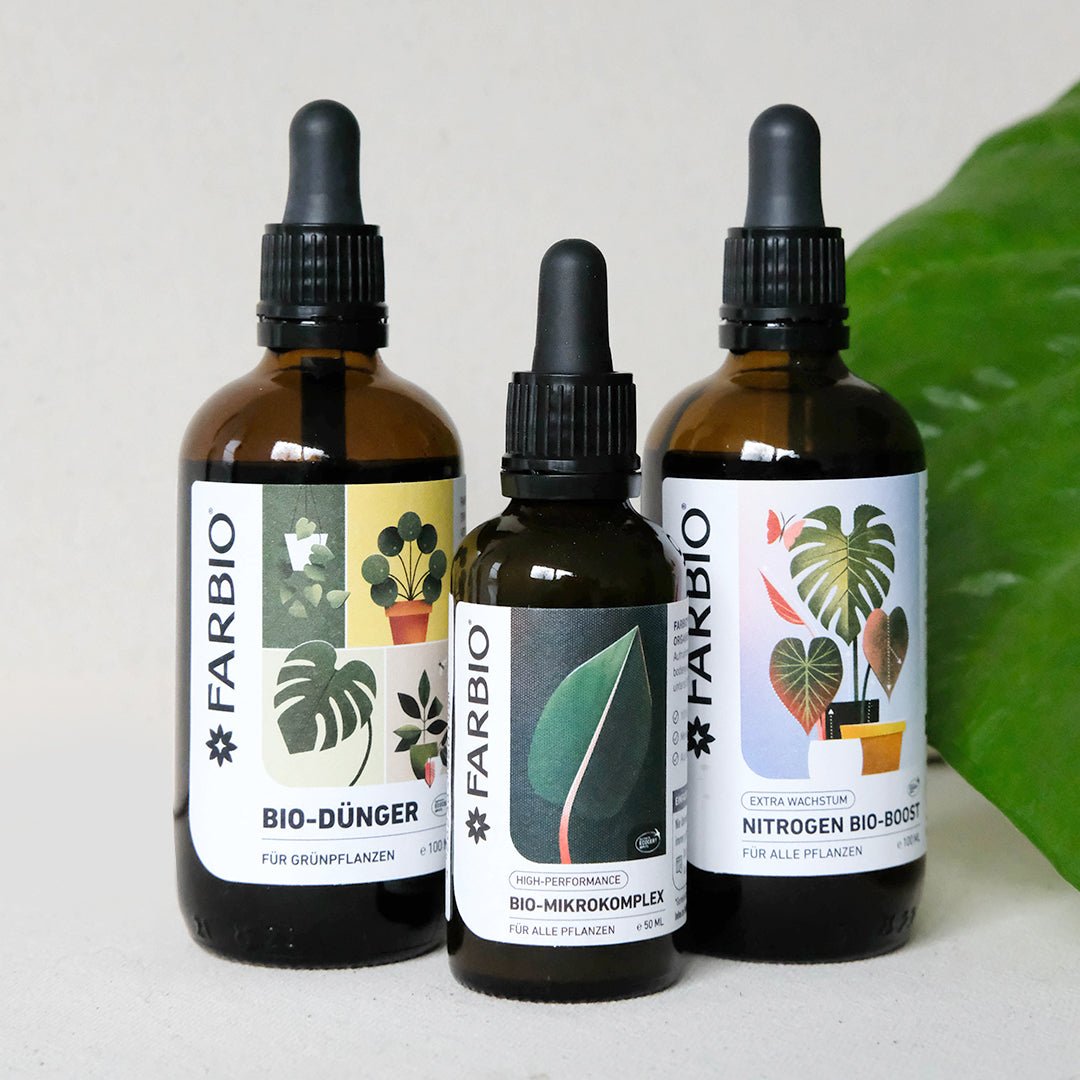In this article you will learn more about expanded clay: versatile and effective clay beads that you can use as a substrate for your plants. Read now how to properly use expanded clay as drainage and hydroponics.
Clay granules for your plants
Expanded clay is used for cultivating plants - but what is it actually? The starting material is clay, which contains organic components. This is fired at high temperatures and expands to almost five times its size. Clay balls are created with many pores inside. There are different grain sizes of expanded clay: 4 to 8 mm and 8 to 16 mm are the most common on the market.
One advantage of the popular granulate is that it does not mold and is structurally stable over the long term. This makes it ideal for use in planters, where it is primarily used as a drainage layer. But it cannot store much water. The pH value is between 6.2 and 7.5.
Using expanded clay for houseplants
Expanded clay is not of living origin and therefore serves as a sterile growth base for houseplants. It contains little or no nutrients.
Hydroponics with expanded clay
In hydroponics, the plants are not grown in a pot with soil, but in water. Soil is not essential for plants to grow as its main purpose is to provide support for the roots. However, mineral substrates such as expanded clay can also be used. This culture method is suitable for most plant species.
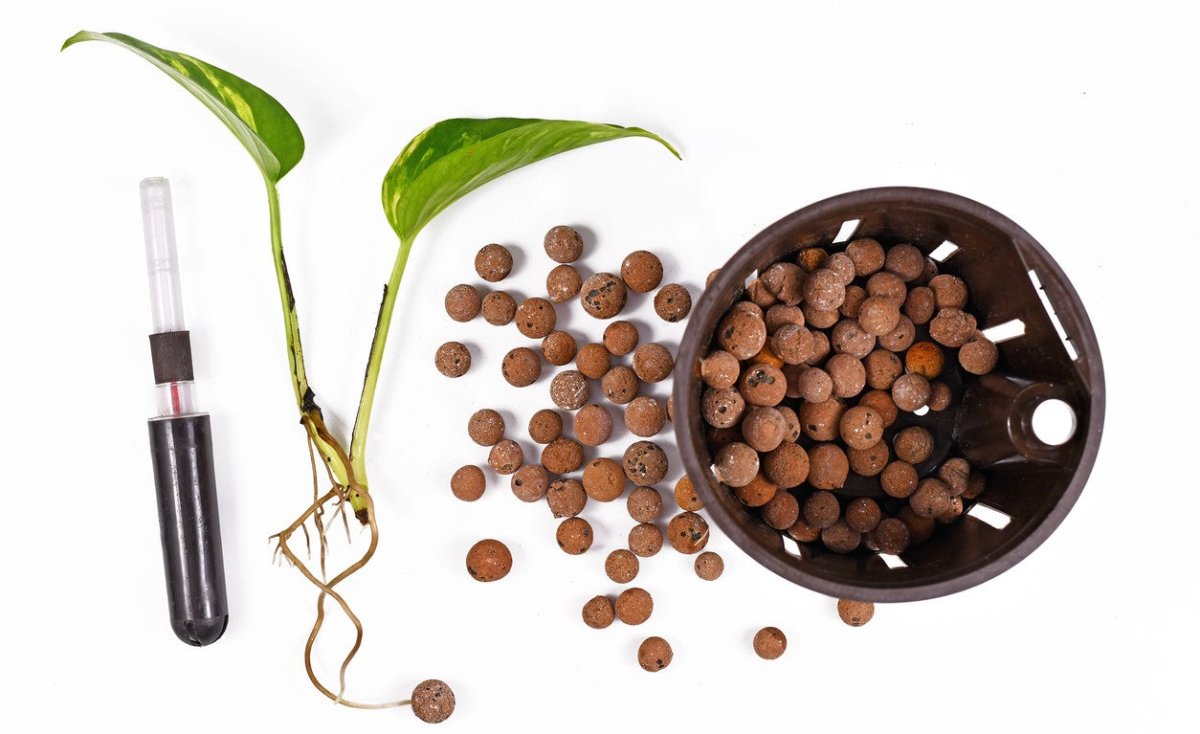
You need a planter and an inner pot, fill in the clay balls and pot the plant. It is important that you rinse the roots beforehand and put a water level indicator in the pot. There must always be a certain amount of water in the pot for the plant to survive.
Since inorganic substrates, unlike soil, do not contain any nutrients, they must be fertilized with important nutrients such as nitrogen, phosphorus and potassium every time they are watered. All FARBIO® fertilizers are suitable for hydroponics and do not burn the roots! The FARBIO® NPK organic liquid fertilizer for green plants is very suitable for supplying your plants with the important main nutrients.

This is how drainage with expanded clay works
Expanded clay has many uses. You may be wondering how exactly expanded clay can help improve the health and growth of your plants. The answer lies in its excellent drainage properties. Placing a layer of expanded clay at the bottom of your pot can create a drain for excess water. This prevents waterlogging, which can lead to root rot.
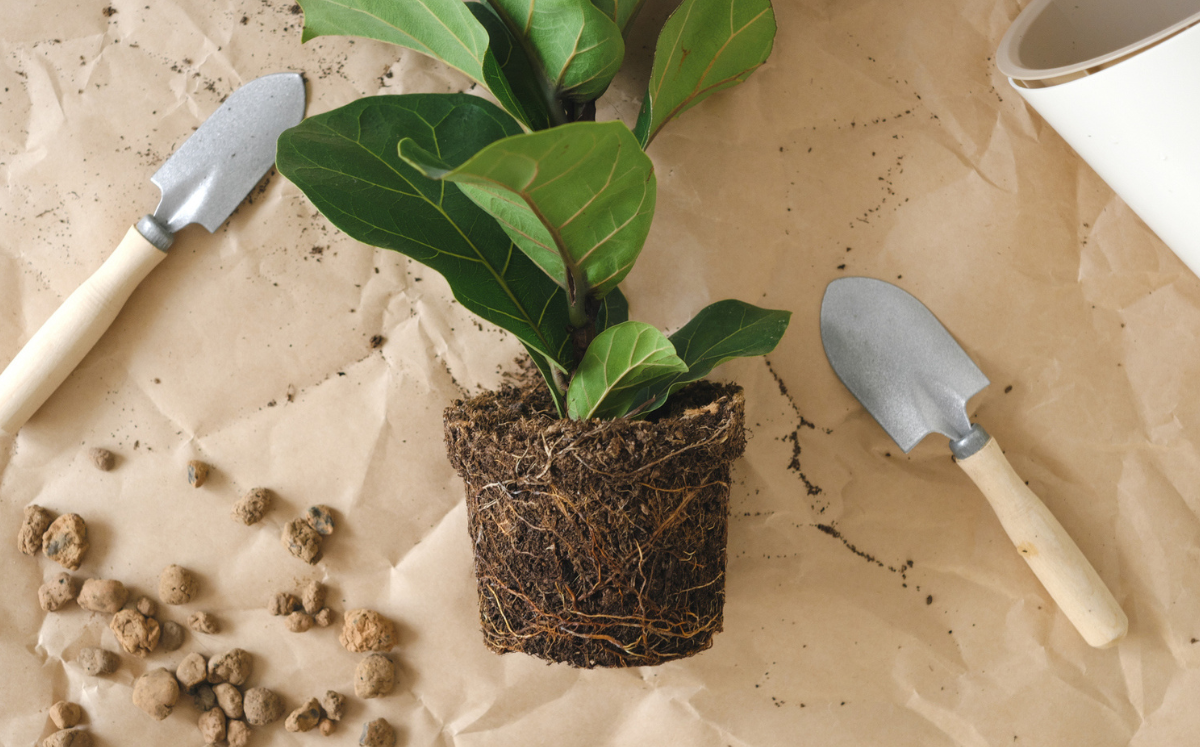
The correct use of clay granules
With expanded clay drainage, you fill the bottom of your planter about 1/4 to 1/3 with expanded clay, although a coarser grain size is an advantage. Make sure that the layer is evenly distributed and that there are no large air spaces. Then fill the rest of the pot with potting soil and plant your plant as usual.
You can also mix expanded clay with other substrates to loosen it. For example, mix it with coconut fiber, perlite and biochar to create an ideal substrate for your tropical plants. You can find out exactly how this works here.



